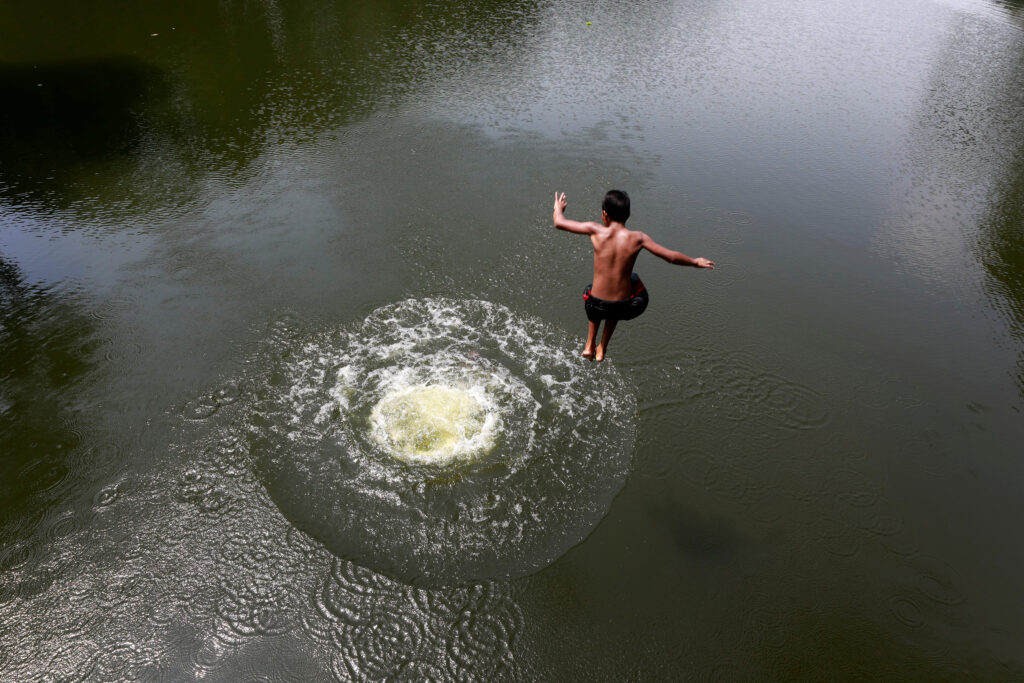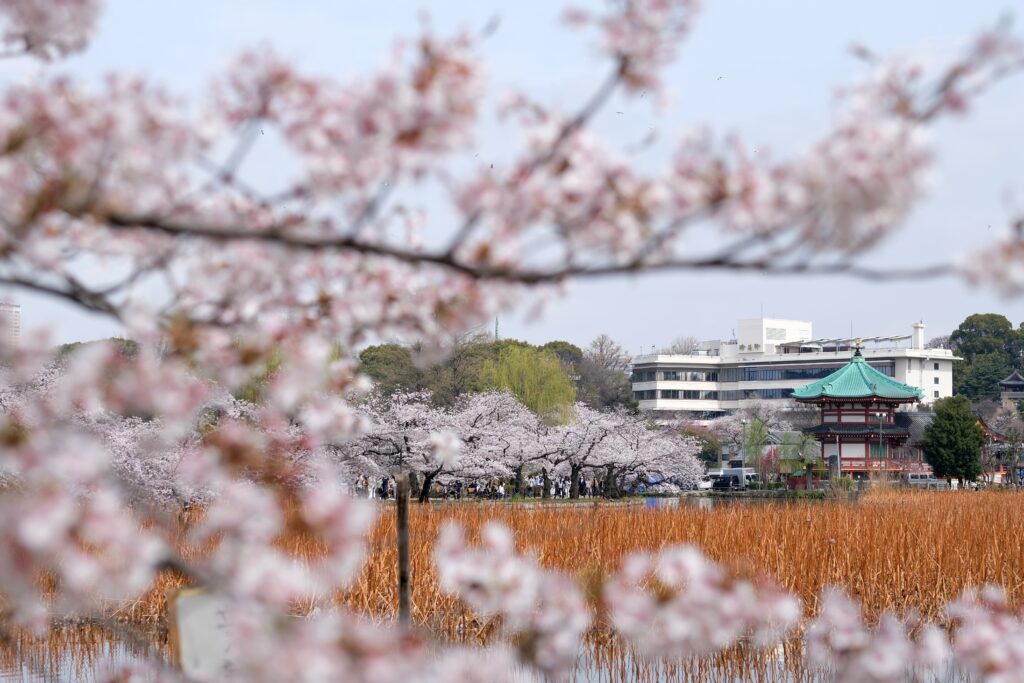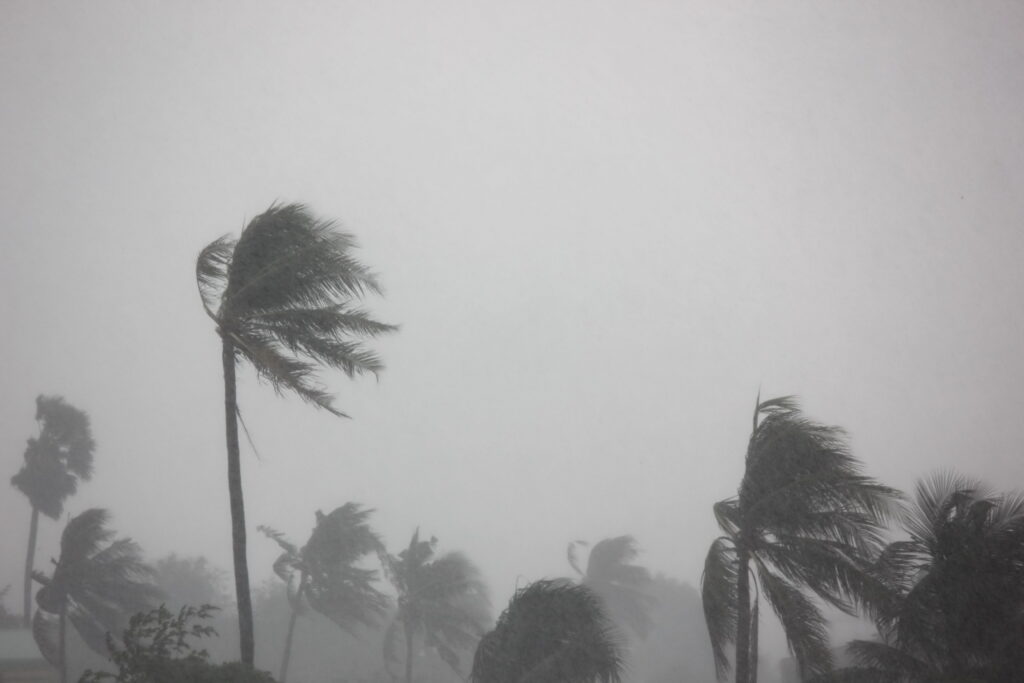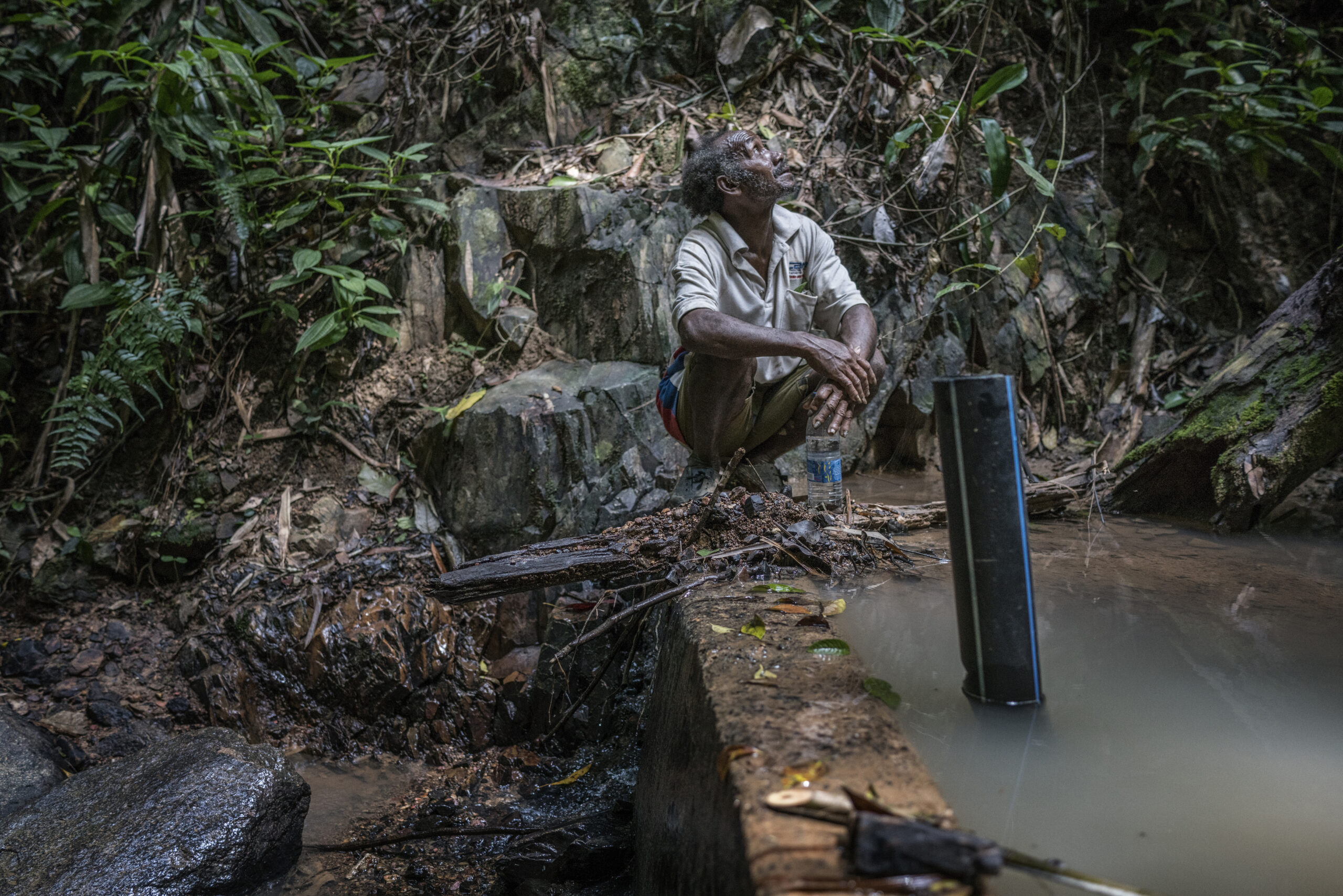Asia is at the centre of the world’s deepening water crisis. Across the region, communities are facing the triple threat of too much, too little and too polluted water, driven by human-induced climate change and industrial activities.
In the last of this three-part series, we highlight the impacts of “too polluted water” as a pervasive threat to health, livelihoods and environmental stability across Asia.
Asia’s Worsening Water Quality Crisis
Approximately 2 billion people in the Asia-Pacific region lack access to adequate water and sanitation. Adding to this crisis, Asia’s vital rivers, lakes and groundwater sources are suffering from pervasive pollution as a result of industrial and agricultural waste and untreated sewage. Around 80% of wastewater is discharged without treatment across the region, polluting the same water bodies used for drinking, fishing and bathing.
Rapid urbanisation and weak enforcement of water pollution controls have turned many of Asia’s great rivers, including the Ganges, Mekong and Citarum, into toxic waterways. Industrial hotspots and fast-growing cities are major contributors. In China, up to 90% of the country’s groundwater is contaminated by toxic waste from human and industrial sources, as well as agricultural fertilisers, making approximately 70% of rivers and lakes unsafe for human use. In Southeast Asia, plastics, dyes and heavy metals from textile and manufacturing hubs are contaminating ecosystems and food chains.
The Human Costs of Groundwater and River Water Pollution
Human and environmental health are closely connected. Worldwide, contaminated rivers and groundwater expose hundreds of millions of people to pathogens and toxic chemicals. Waterborne diseases are widespread, leading to hundreds of thousands of deaths, and children are most at risk. In South Asia, unsafe water exposes children to a multitude of health complications that impact their physical and mental development, as well as their education and ability to break from a cycle of poverty.
Long-term exposure to polluted water is also causing serious chronic health problems. In Bangladesh, India and China, arsenic and fluoride in groundwater have been linked to cancer, organ damage and bone disease. Meanwhile, heavy metal contamination is building up in food chains, impacting public health alongside food security, biodiversity and economic stability. Globally, the financial consequences of inadequate sanitation are vast, estimated at USD 260 billion every year in health care costs and lost productivity.
Indonesia’s Citarum River
Indonesia’s Citarum River, a vital water source for tens of millions of people, shows the devastating impacts of water contamination on people and livelihoods. Decades of industrial waste and domestic rubbish have choked its waters, causing widespread pollution to farmlands and food supplies. Consequently, diseases such as cholera and dermatitis have spread widely, while fishing communities resort to harvesting plastic waste to recycle instead, causing a crisis of disease and loss of livelihoods.
In 2018, the government announced an ambitious program to restore the Citarum River to its clean, natural state. Alongside immense collaborative efforts from local communities and grassroots groups, seven years later, there are signs of progress in the river’s health. Continued collaboration among the government, industry and local communities offers a promising path toward recovery for the river that serves as the lifeblood for millions in Indonesia.
A Cleaner Water Future for Asia
Addressing Asia’s water pollution crisis is crucial to healthy, prosperous societies, and there are further encouraging examples across the region that demonstrate progress and innovation. Regulation is one of the most powerful tools for tackling water pollution, as seen in China’s comprehensive Water Ten Plan, which introduced stricter industrial discharge standards, improved monitoring and expanded wastewater treatment infrastructure. Singapore also demonstrates policy leadership through its Active, Beautiful, Clean Waters (ABC Waters) Programme, which integrates urban planning with nature-based water management to reduce pollution, manage stormwater and enhance liveability.
Investment is also critical alongside robust policy reform. Asia requires an estimated USD 60 billion annual investment in water-related infrastructure and services to sustain growth, alleviate poverty and respond to the impacts of climate change. Meeting this need will require coordinated action between governments, investors and communities to ensure that one of the most fundamental human rights — access to clean and safe water — is upheld.
Evelyn Smail
Writer, United Kingdom
Evelyn is a freelance writer and journalist specialising in climate science and policy, the just energy transition and the human impacts of climate change. She writes for independent publications, NGOs and environmental organisations. Evelyn has a background in sustainable development, climate justice and human rights.
Evelyn is a freelance writer and journalist specialising in climate science and policy, the just energy transition and the human impacts of climate change. She writes for independent publications, NGOs and environmental organisations. Evelyn has a background in sustainable development, climate justice and human rights.
















